Karakuri puppets are incredibly sophisticated traditional Japanese mechanized puppets or automata, originally made between the 17th century and the 19th century.
These early Japanese contraptions were the ancestors of modern robots, and are often seen as a result of the interaction of Western technology and Eastern philosophy and world view.
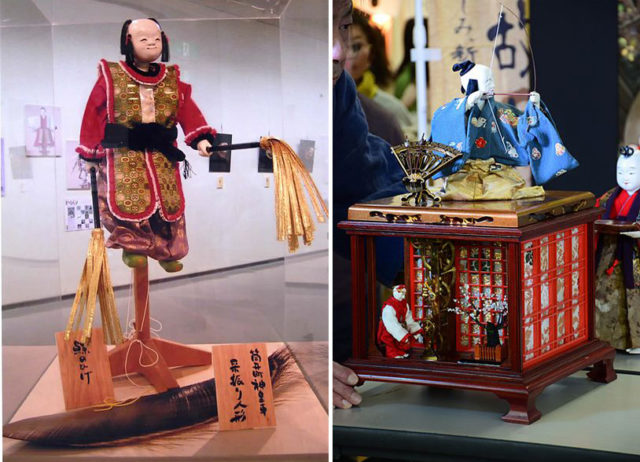
The word karakuri means “mechanism” or “trick,” because a lot of the time these little machines didn’t have any real practical use and were mainly used for parlor tricks and impressing people.
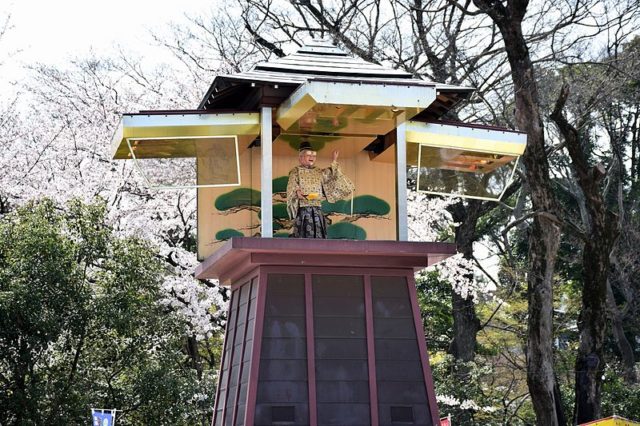
Karakuri can be roughly divided into three categories: Dashi Karakuri, Zashiki Karakuri, and Shibai Karakuri. Dashi karakuri puppets were used in religious festivals. Used on top of Dashi floats (festival cars), these mechanized dolls performed scenes taken straight from traditional mythology and folklore.
Ritual puppets were featured heavily in festivals held all over Japan, and it is interesting to note that many plays, especially during the Edo period, were written specifically to be performed by puppets. Butai karakuri were used in theaters to stage and demonstrate plays and also influenced how human actors performed.
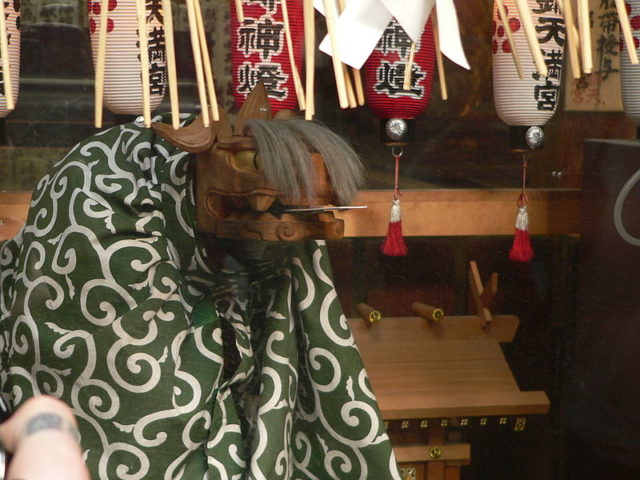
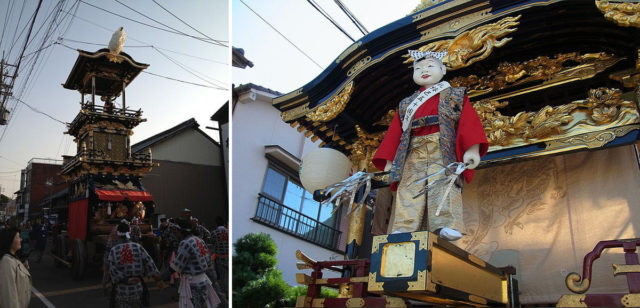
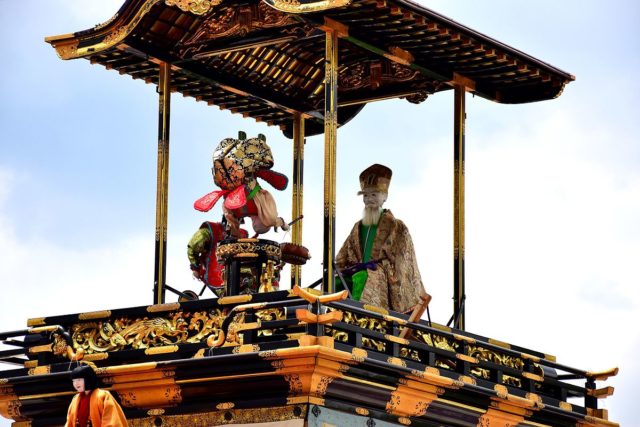
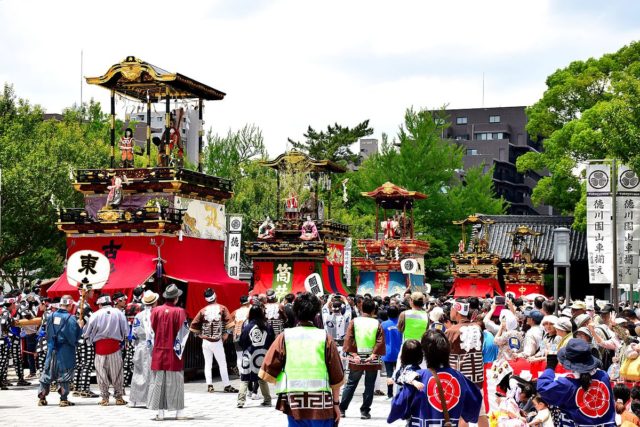
Perhaps the most famous Karakuri, a masterpiece among Karakuri puppets in the Edo period, were the Zashiki Karakuri, which were small, domestic clockwork servants. This type of Karakuri is arguably the most important one in the robot history.
The history of Zashiki Karakuri began in the Muromachi period when dolls featuring simple mechanisms first appeared. The mechanisms had become more complex, and the most sophisticated Zahiki Karakuri were created during mid to late Edo period using Western knowledge of clockwork.
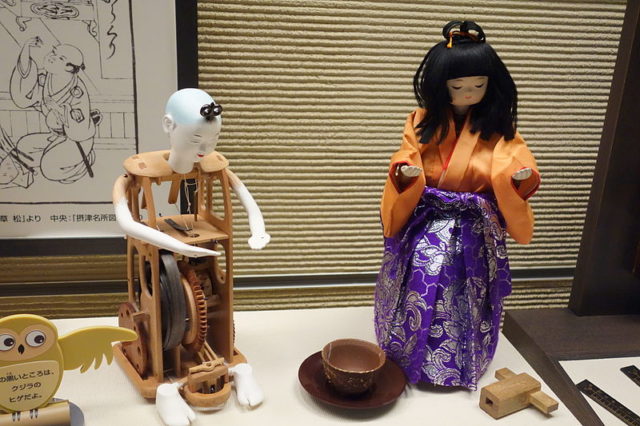
Today, the most common example of a Zashiki Karakuri mechanism is a tea-serving robot, which starts moving forward when a cup of tea is placed on the plate in its hands. It moves in a straight line for a set distance, moving its feet as if walking and then bows its head.
It is typically powered by a wound spring made of whalebone, and the actions are controlled by a set of cams and levers.
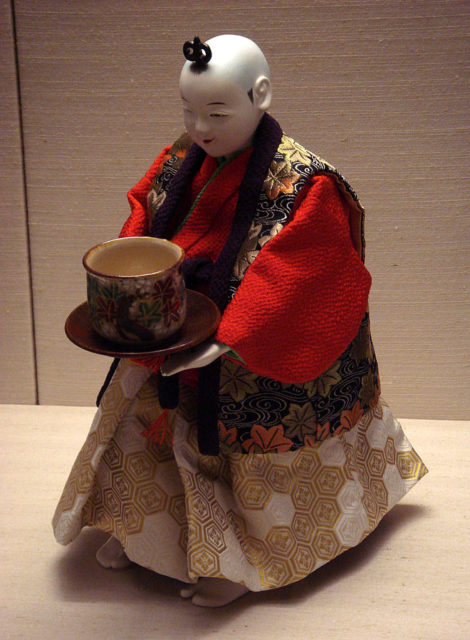
The most well-known examples of Zashiki Karakuri include the Chahakobi Ningyō (Tea Serving Doll), the Dangaeri Ningyō (Somersault Doll), the Shinadama Ningyō (Magician Doll), and the Yumihiki Dōji (Archer Boy).

This arrows shooting robot was a relatively common design that astounded people at the time. The doll can pick up an arrow and fire it at a target, which it would hit nine times out of ten.
The Karakuri tradition of invisibly concealing technology extends beyond puppetry, and robotics and continues to manifest itself in popular culture today.
